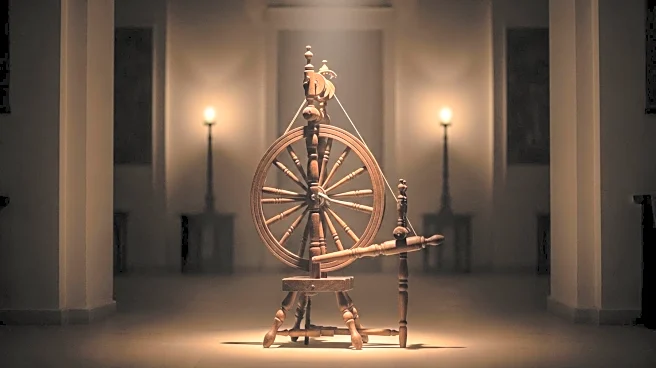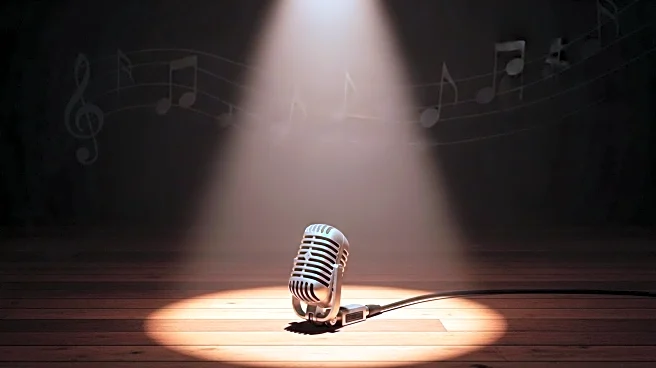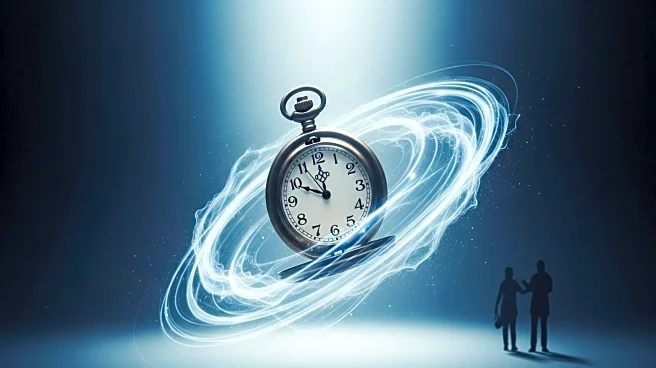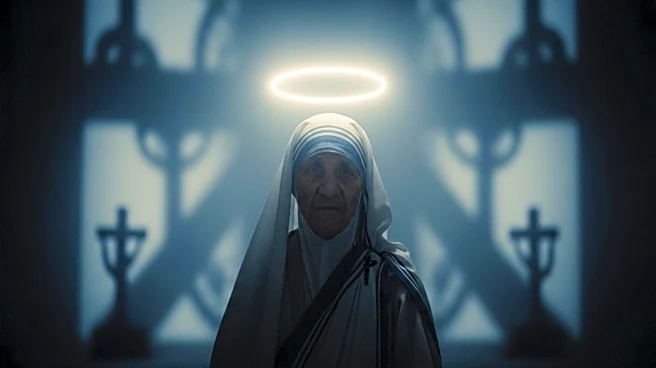What's Happening?
Amanda Seyfried stars in 'The Testament of Ann Lee,' a film showcased at the Venice Film Festival. Directed by Mona Fastvold, the movie explores the life of Ann Lee, founder of the Shakers, a radical religious sect. The Shakers, originating in Manchester, England, in 1747, were known for their unique worship practices, including trembling and speaking in tongues. They advocated for gender and social equality and practiced celibacy and communal living. Seyfried's role involves a speculative retelling of Lee's life, incorporating Shaker hymns transformed into choreographed movements. The film is not a traditional musical or biopic, but rather a creative exploration of Lee's historical impact.
Why It's Important?
The film highlights the Shakers' influence on religious and social practices, emphasizing themes of equality and communal living. Seyfried's portrayal brings attention to Ann Lee's legacy, offering a modern interpretation of her radical ideas. This project underscores the importance of historical figures in shaping contemporary discussions on gender and social justice. The film's unique approach to storytelling, blending music and movement, challenges traditional cinematic narratives, potentially influencing future biographical films.
What's Next?
Following its debut at the Venice Film Festival, 'The Testament of Ann Lee' may attract interest from distributors and audiences seeking innovative storytelling. The film's reception could impact Seyfried's career, showcasing her versatility as an actress. Additionally, the film might spark renewed interest in the Shakers' history and their contributions to social and religious movements. Discussions around the film could lead to broader conversations about historical reinterpretation in cinema.
Beyond the Headlines
The film's exploration of Ann Lee's life raises questions about the representation of women in religious history and the challenges of portraying complex historical figures. It also highlights the ethical considerations in adapting religious narratives for modern audiences. The creative liberties taken in the film may provoke debate on the balance between historical accuracy and artistic expression.











